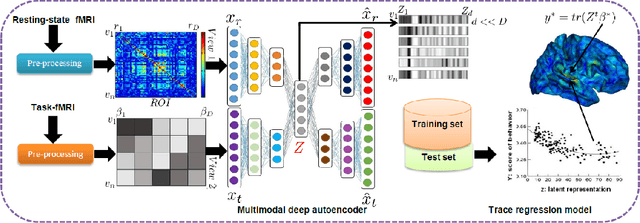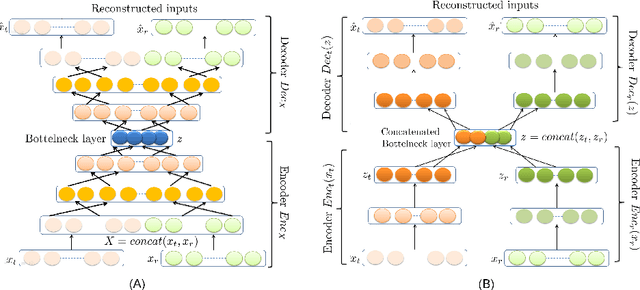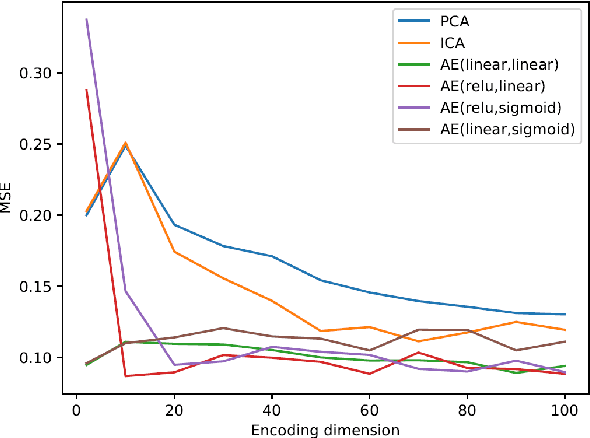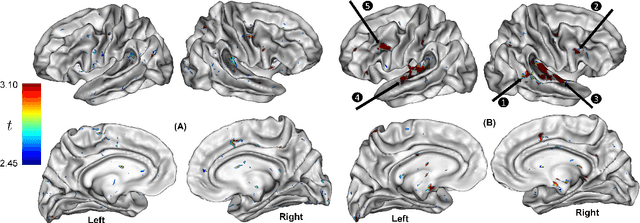Akrem Sellami
QARMA, LIS, INT
A survey on Graph Deep Representation Learning for Facial Expression Recognition
Nov 13, 2024



Abstract:This comprehensive review delves deeply into the various methodologies applied to facial expression recognition (FER) through the lens of graph representation learning (GRL). Initially, we introduce the task of FER and the concepts of graph representation and GRL. Afterward, we discuss some of the most prevalent and valuable databases for this task. We explore promising approaches for graph representation in FER, including graph diffusion, spatio-temporal graphs, and multi-stream architectures. Finally, we identify future research opportunities and provide concluding remarks.
Mapping individual differences in cortical architecture using multi-view representation learning
Apr 01, 2020



Abstract:In neuroscience, understanding inter-individual differences has recently emerged as a major challenge, for which functional magnetic resonance imaging (fMRI) has proven invaluable. For this, neuroscientists rely on basic methods such as univariate linear correlations between single brain features and a score that quantifies either the severity of a disease or the subject's performance in a cognitive task. However, to this date, task-fMRI and resting-state fMRI have been exploited separately for this question, because of the lack of methods to effectively combine them. In this paper, we introduce a novel machine learning method which allows combining the activation-and connectivity-based information respectively measured through these two fMRI protocols to identify markers of individual differences in the functional organization of the brain. It combines a multi-view deep autoencoder which is designed to fuse the two fMRI modalities into a joint representation space within which a predictive model is trained to guess a scalar score that characterizes the patient. Our experimental results demonstrate the ability of the proposed method to outperform competitive approaches and to produce interpretable and biologically plausible results.
 Add to Chrome
Add to Chrome Add to Firefox
Add to Firefox Add to Edge
Add to Edge